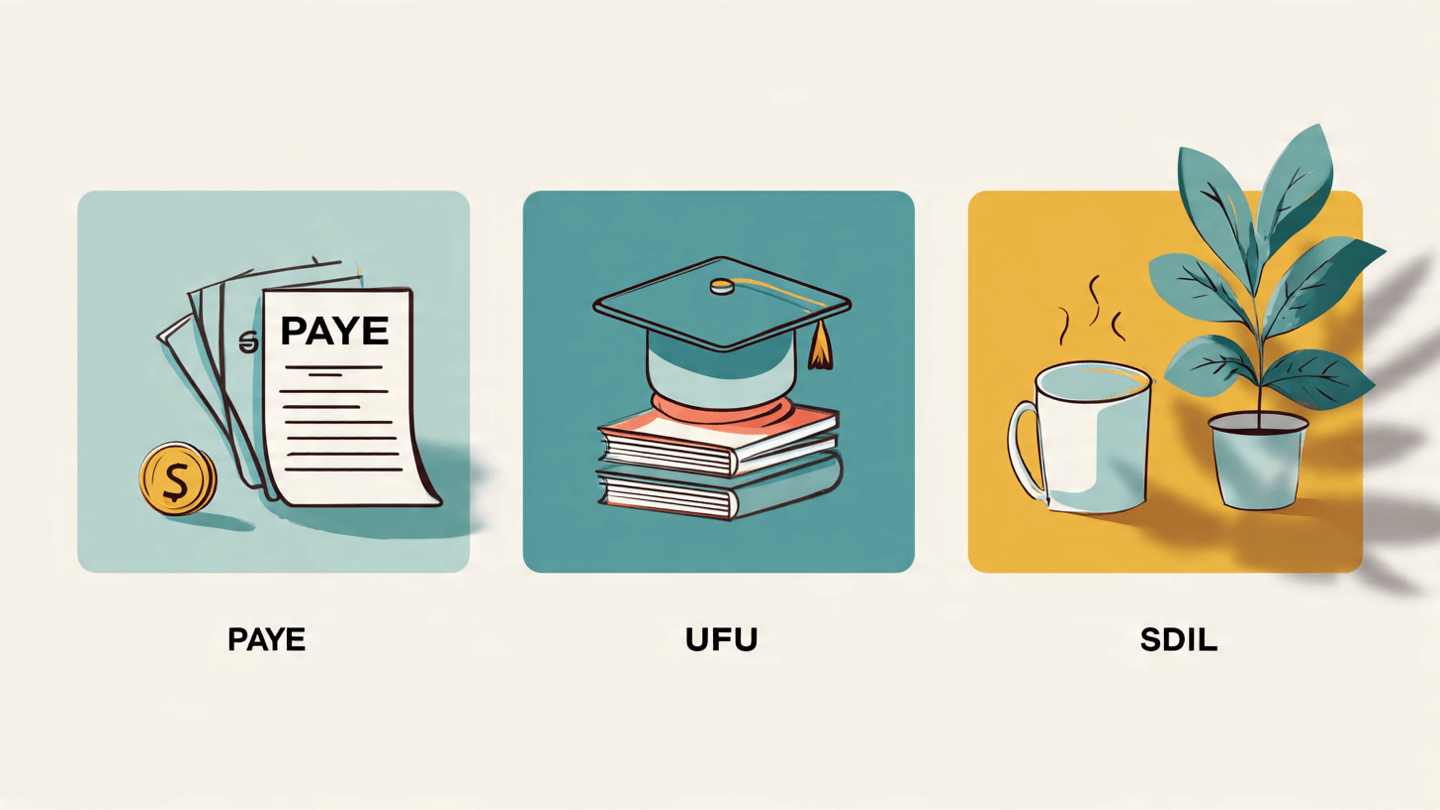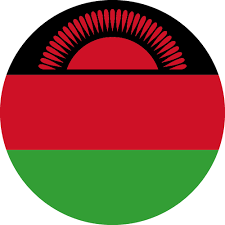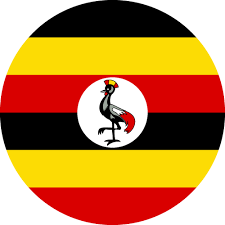Payroll Compliance in South Africa: Understanding PAYE, UIF, and SDL Requirements

Doing business in South Africa means navigating one of Africa’s most structured and integrated payroll systems. The country’s statutory requirements–Pay-As-You-Earn (PAYE), Unemployment Insurance Fund (UIF), and the Skills Development Levy (SDL)—work hand-in-hand, creating a tightly regulated environment that rewards compliance and penalizes oversight. For expanding African firms, especially those entering from markets like Nigeria or other regions, understanding how these elements interact under the South African Revenue Service (SARS) is essential to avoid costly disruptions. This guide explores everything about South Africa payroll compliance for foreign companies, ensuring your business stays audit-ready and penalty-free.
South Africa’s tax year runs from 1 March to 28/29 February, and all three levies are reported together through a single, unified process. For the 2024/2025 tax year, PAYE, UIF, and SDL South Africa 2024/2025 operate under a structured framework—PAYE follows a progressive rate system ranging from 18% to 45%, UIF is fixed at 2% of leviable earnings (split between employer and employee), and SDL is a flat 1% of the total salary bill, though not every employer is required to pay it.
What makes South Africa’s system particularly complex is that, even though each levy is governed by separate laws, all three must be reported and paid through the same monthly form—EMP201, followed by the bi-annual EMP501 reconciliation. A single miscalculation or reporting error in one component can throw off the entire submission, leading to cumulative penalties across all three. That’s why companies expanding across Africa often rely on the best payroll software for Africa or specialized services like Remote Solutions Africa Payroll Compliance Service, which align seamlessly with SARS EMP201 and EMP501 deadlines.
The Legal and Institutional Framework
Legislative Foundations and Oversight
Three main laws govern payroll compliance in South Africa:
- PAYE (Pay-As-You-Earn): Managed under the Income Tax Act No. 58 of 1962, PAYE is the mechanism that allows employers to deduct income tax from employees’ salaries and remit it to SARS.
- UIF (Unemployment Insurance Fund): Defined under the Unemployment Insurance Contributions Act, UIF provides short-term income support to employees during unemployment, illness, or maternity leave.
- SDL (Skills Development Levy): Established under the Skills Development Act, this levy funds training and workforce development programs nationwide.
The South African Revenue Service (SARS) collects and administers all three levies. The Department of Employment and Labour ensures compliance with the Basic Conditions of Employment Act (BCEA) and oversees UIF benefits, while the Department of Higher Education and Training manages SDL allocation and exemptions.

Beyond Taxes: The BCEA Link
Compliance isn’t only about tax deductions—it also extends to labour laws that directly affect payroll calculations. The Basic Conditions of Employment Act (BCEA), 1997, outlines key employment parameters such as contracts, minimum wage, and working hours.
Employment Contracts and Minimum Wage
Every employee must have a written contract detailing their pay rate, working hours, notice period, and benefits—all denominated in South African Rand (ZAR). As of 1 March 2025, the National Minimum Wage (NMW) is R28.79 per hour. Payroll systems must automatically verify that no hourly worker earns below this rate before processing payments. Some sectors, such as domestic or agricultural work, may have specific wage levels that still require close monitoring.
Earnings Threshold and Overtime Rules
The BCEA Earnings Threshold (currently R211,596.30 per annum) determines which employees are entitled to additional protections such as overtime pay, Sunday pay, and mandatory rest breaks. Employees above this threshold are excluded from some of these protections. For high-salary roles—common among expatriates and senior staff—properly classifying employees under this threshold is crucial. Misclassification can lead to unpaid overtime claims and retrospective liabilities.
Work done on Sundays or at night (between 18:00 and 06:00) attracts higher compensation—1.5x to 2x the normal rate, or an equivalent rest period. Payroll teams must therefore integrate accurate time-tracking data to ensure BCEA compliance.
Statutory Leave
South African law also mandates paid leave.
- Annual Leave: 21 consecutive days (or one day for every 17 worked).
- Sick Leave: A 36-month cycle allowing days equivalent to six weeks’ worth of workdays.
Sick leave doesn’t count toward overtime calculation, meaning only actual worked hours beyond 45 per week qualify for overtime pay.

PAYE: The Backbone of South African Payroll
PAYE represents the employee’s income tax deducted at source and paid to SARS monthly. It remains the foundation of South Africa payroll compliance for foreign companies, linking employee tax, statutory reporting, and employer obligations.
PAYE Rate Structure (2024/2025)
South Africa uses a progressive tax system, where higher earnings attract higher rates, from 18% to 45%. Employers are required to calculate these deductions accurately each month to prevent reconciliation errors during the year-end filing.
Rebates and Thresholds
The system includes age-based rebates that reduce total PAYE liability:
- Under 65: Tax threshold of R95,750; rebate of R17,235.
- 65–74: Threshold of R148,217; additional rebate of R9,444.
- 75+: Threshold of R165,689; tertiary rebate of R3,145.
Employers must ensure their payroll software adjusts these thresholds automatically as employees age. Inaccurate configuration can result in over- or underpayment of taxes.
Medical Tax Credits further reduce PAYE—R332 for the employee and one dependent, and R224 for each additional dependent.
Expatriate Considerations and ETI Incentive
South Africa offers a foreign income exemption of up to R1,250,000 for residents working abroad for more than 183 days per year. Payroll administrators must segregate foreign and local income to avoid over-deduction.
Additionally, the Employment Tax Incentive (ETI) encourages youth employment by reducing PAYE remittance obligations for qualifying workers. For multinational employers, Remote Solutions Africa Payroll Compliance Service ensures ETI credits are properly applied and reconciled across borders.

UIF: Unemployment Insurance Fund
UIF contributions help fund unemployment and related benefits. Both employer and employee contribute 1% each, making up a total of 2%. However, contributions are capped at a monthly earnings ceiling of R17,712, meaning higher earners pay the same fixed maximum—R354.24 combined.
Employers must ensure their payroll system applies this cap correctly; otherwise, over-deductions could violate labour laws. The UIF cap also affects future benefits, which are calculated at 38–58% of the employee’s last gross pay.
SDL: Skills Development Levy
SDL supports South Africa’s workforce training initiatives and applies to most employers at 1% of total payroll.
The main exemption applies to smaller employers: if your total payroll for the year will not exceed R500,000, you’re exempt from SDL. However, you may still need to report zero liability on the EMP201 form to remain compliant. Exemptions also extend to some Public Benefit Organisations (PBOs) and municipalities.
For companies close to the threshold, accurate payroll forecasting is vital—crossing R500,000 mid-year triggers retroactive SDL payments for the full period.
Monthly and Bi-Annual Reporting with SARS
EMP201: Monthly Declaration
Every employer must file an EMP201 return each month, declaring PAYE, UIF, SDL, and any ETI claims. The payment and declaration are due by the 7th of the following month (or the last business day before if the 7th is a holiday or weekend). The Payment Reference Number (PRN) on the form ensures SARS correctly matches payments to declarations.
EMP501: Bi-Annual Reconciliation
Employers must also reconcile payments twice a year using the EMP501:
- Interim (March–August): Submitted between late September and October.
- Annual (March–February): Submitted between April and May.
These reconciliations must perfectly match monthly submissions and employee tax certificates (IRP5/IT3[a]). Even small discrepancies can lead to rejection or penalties. Staying aligned with SARS EMP201 and EMP501 deadlines is crucial for compliance and smooth audits.
Filing Channels
Employers with more than 50 staff must use the e@syFile™ Employer system, while smaller ones can use either e@syFile™ or SARS eFiling. This creates a technical obligation for larger or foreign firms to invest in compatible local payroll solutions—or engage African Employer of Record (EOR) services such as Remote Solutions Africa Payroll Compliance Service, which manage filings, updates, and communication with SARS on your behalf.
All payroll records must be securely stored for five years in compliance with SARS audit requirements.

Strategic Considerations for Foreign Companies
For multinationals expanding from the United States, United Kingdom, United Arab Emirates, China, and other global hubs into South Africa, payroll compliance is not just a regulatory checkbox—it’s a strategic imperative. South Africa’s payroll framework is highly structured, with strict deadlines, detailed reporting formats, and evolving statutory requirements. Missteps can trigger penalties, reputational damage, and even operational delays.
To succeed, foreign companies must prioritize three pillars: control, cost-efficiency, and compliance. This involves developing payroll workflows that align with the expectations of the South African Revenue Service (SARS) while maintaining visibility across both local and global teams.
Localized Payroll Infrastructure
South Africa’s payroll ecosystem demands precision. Generating compliant EMP201, EMP501, and IRP5 files requires systems that are calibrated to SARS regulations and updated in real time. While several software platforms offer this functionality, the real advantage lies in integrating these tools with a broader compliance strategy—one that includes local tax advisory, automated filings, and centralized reporting.
Employer of Record (EOR) Solutions
Working with an EOR such as Remote Solutions Africa simplifies compliance by outsourcing all payroll, taxation, and employment administration. This model is ideal for fast market entry or firms without local infrastructure. While smaller businesses under the R500,000 SDL threshold may find direct registration cheaper, those planning to scale or hire more than 50 staff gain significant advantages using South Africa Employer of Record (EOR) services, especially in handling mandatory e@syFile™ processes and audit-ready reporting.
Conclusion
South Africa’s payroll compliance system is rigorous but transparent. For foreign companies expanding to South Africa, success depends on marrying strong local knowledge with the right tools—or partners—to handle the country’s integrated PAYE, UIF, and SDL framework. With Remote Solutions Africa Payroll Compliance Service, businesses can confidently expand and manage payroll in South Africa—meeting every deadline, staying audit-ready, and ensuring a seamless experience in Africa’s most industrialized economy.




































